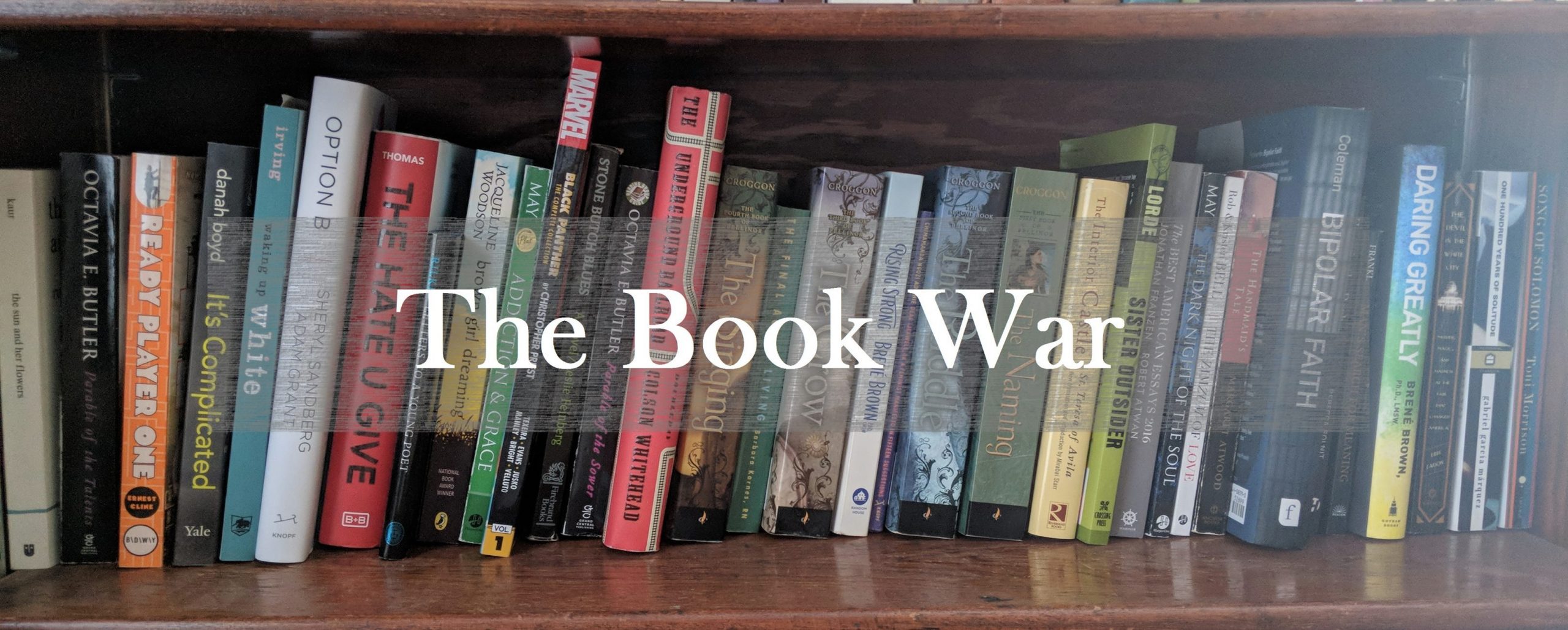I recently read Virginia Woolf’s A Room of One’s Own, and absolutely loved it! She touches on so many issues still facing women more than a half century later and I was blown away by what a great counter-point her essay was to Emerson’s Self Reliance which Hannah and I read back in January for one of our book clubs. I was explaining all of this to Hannah and telling her that I wanted to go back and re-read Emerson and Woolf in order to compose an in-depth comparative analysis utilizing direct quotes and relevant historical context for the blog and she laughed hysterically, informed me that I was “f****** crazy” and that the word ‘blog’ does not mean what I think it means. Apparently, that is not how this works…that is not how any of this works!
Alright, when you say it like that, I guess it does sound a little crazy…even to me. It’s just that we had such a visceral reaction to Emerson and Woolf’s essay was such a beautiful counter-point to the issues we took with what Emerson wrote that I wanted to do her justice by eloquently composing an essay that presented point and counter-point in an organized and reasoned manner. I suppose Hannah is right, that would have made an excellent 8th grade comparative essay assignment and I definitely would have gotten an A+ (maybe even a gold star), but perhaps a not so interesting blog post.
In A Room of One’s Own, Woolf insists that women have to have access to a room/space of their own in order to achieve the creativity and intellectual acumen equivalent to men and one of the many reasons that women had not become famous as writers, poets, and thinkers is that women did not have access to their own quiet spaces in which to work. Additionally, Woolf argued that women did not have access to a female intellectual lineage in the same way that men stood on the shoulders of their intellectual forefathers. *This is a point that Emerson would have argued against since he felt that men stood alone and were not products of their historical past/present. (Sorry, I couldn’t help myself, I had to include that tiny comparative point.) These are issues that women still face over fifty years later, quiet space (and time), and resources ($) are limited for many women in ways they are not limited for men. And while we most certainly do not have centuries of intellectual tradition from which to draw for our own creative/intellectual projects we do have a few generations of women writers/intellectuals on whose shoulders we stand. We must continue to contribute to that female creative/intellectual tradition so future generations of women have a foundation on which to build.
If you are so inclined, I would highly recommend reading Emerson’s Self Reliance and Virginia Woolf’s A Room of One’s Own back-to-back. Both are short essays which speak to many of the same issues but from vastly different points-of-view. So while you have been spared my own comparative analysis I would encourage you to do one of your own if you’re feeling “f****** crazy !”
Read on my friends!

